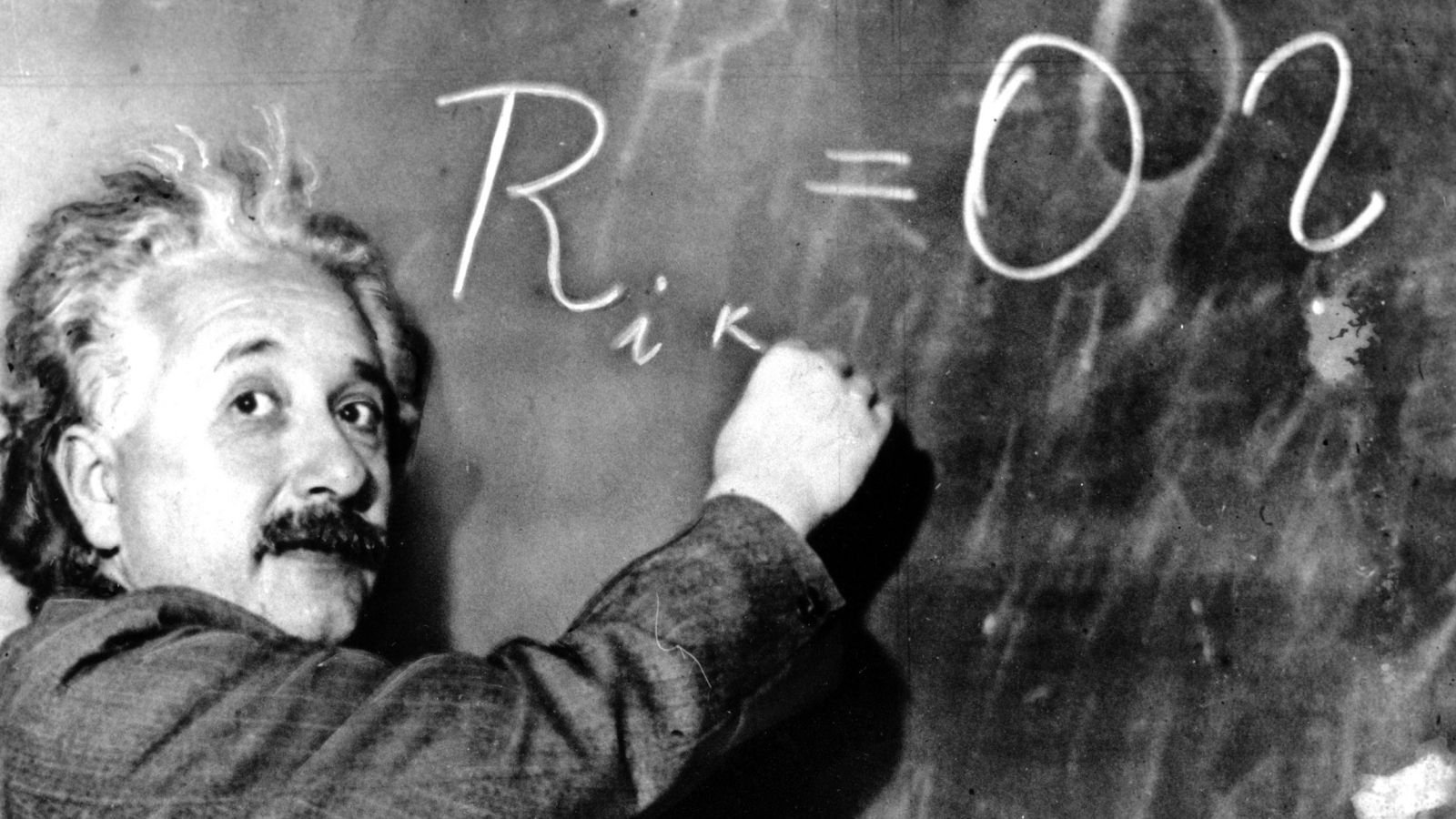
Contents
Important links
Frequently asked questions
- What are gravitational waves?
- Gravitational waves are ripples in spacetime that are produced by violent astrophysical phenomena, like the merger of two neutron stars or the explosion of a massive star as supernova. Gravitational waves are a consequence of the theory of General Relativity published by Albert Einstein in 1915, about a century ago. According to the theory, gravitational waves travel in the Universe at the speed of light. Only since the last decades we have the technology required to build instruments like Virgo capable to detect gravitational waves directly.
- Do we have evidence of the existence of gravitational waves?
- Until the first direct detection in September 2015 of an inspiral and merger of two stellar-mass black holes and creation of one massive black hole (GW150914 ), and a second detection in late December of a slightly less massive system of black holes (GW151226 ), there were indirect evidence only of the existence of gravitational waves. The most important one is based on PSR B1913+16, a pulsar in orbit around another compact star. Pulsars are fast-spinning, high-rotating neutron stars, which emit periodic pulses of electromagnetic radiation (from radio waves to gamma rays), like a lighthouse in space. Measuring the behavior of the pulses of PSR B1913+16 over three decades, showed that the orbit of the pulsar is slowly contracting. The measured rate of variation of the orbital period is in excellent agreement with the predictions from general relativity; the binary system is slowly losing energy by emitting gravitational waves.
- What is GW150914?
- The event, denoted GW150914 was observed on the 14th of September 2015 by two Advanced LIGO detectors, located in Livingston and Hanford (two sites 3000 km apart). The waveforms that match the data the best were of an inspiraling binary system that merged and ,,radiated away its hair’’ as a single rotating black hole. Estimation of paramters provides the masses of components: two black holes of masses about 36 and 29 solar masses merged into one, 62 solar mass black hole. 3 solar masses of mass-energy were radiated away in gravitational waves. The signal was visible in the sensitive range of frequencies of the detectors for a brief moment - only 0.2 seconds. The event took place at a distance of 400 Mpc (400 millions of parsecs), i.e., one bilion 300 million years ago. The observation was published in the Physical Review Letters, 116 061102 (2016) .
- What is GW151226?
- The second detection, denoted GW151226 was observed on the 26th of December 2015. The best matched waveform reveals a binary system of two black holes with masses 14 and 7.5 solar masses. The final black hole has a mass of 22 solar masses. Since the system was less massive, it was visible in the detectors’ range for a full one second - almost 30 orbital periods before the final merger were recorded. Similarly to GW150914, this event happened at a distance of approximately 450 Mpc. This observation provided a direct evidence that at least one of the black-hole spins is bigger than 0.2. The observation was published in the Physical Review Letters, 116 241103 (2016) .
- What are the sources of gravitational waves?
- In principle, General Relativity states that any accelerated motion of mass that does not have spherical nor cylindrical symmetry could be a source of gravitational waves. This means that transient gravitational wave signals could be emitted as a consequence of a merger of two compact celestial objects (i.e. neutron stars and/or black holes), or during a supernova explosion. Furthermore, we expect to detect continuous, periodic gravitational waves from rotating neutron stars with small asymmetries. There is also an expected stochastic background of gravitational waves emitted in the early stages after the Big Bang. Of course, there might be also yet unknown astrophysical sources, which must enlarge this list of gravitational wave emitters.
- How does an interferometric detector work?
- According to general relativity, the passage of a gravitational wave induces a very faint deformation in the very fabric of spacetime. In order to detect such deformation, one monitor the interference of the two half of a laser beam traveling along perpendicular directions. The gravitational wave will modify differently light paths in the two arms, which will induce a change in the interference recorded at the detector output. This optical configuration is called a Michelson interferometer (originally invented in the XIXth century to measure the variation of the speed of light along different directions) and gives the possibility to unveil tiny spatial deformations, such as those produced by gravitational waves.
- How much does Virgo cost?
- The cost of Virgo is between 10 and 15 million euro per year, over about 20 years. This covers building the infrastructures, running and updating the instrument and paying the engineers, technicians and scientists working on the project. This cost is mostly supported by France and Italy with more recently some in-kind contribution from the Netherlands and Poland.
- Why is Virgo called like that?
- The Virgo detector in its initial incarnation (Initial Virgo: 2007 - 2011) was sensitive enough to reach 20 Mpc for gravitational waves emitted by the binary systems of neutron stars. 20 Mpc is the distance to a nearby galaxy cluster located in the sky in the direction of the Virgo constellation.